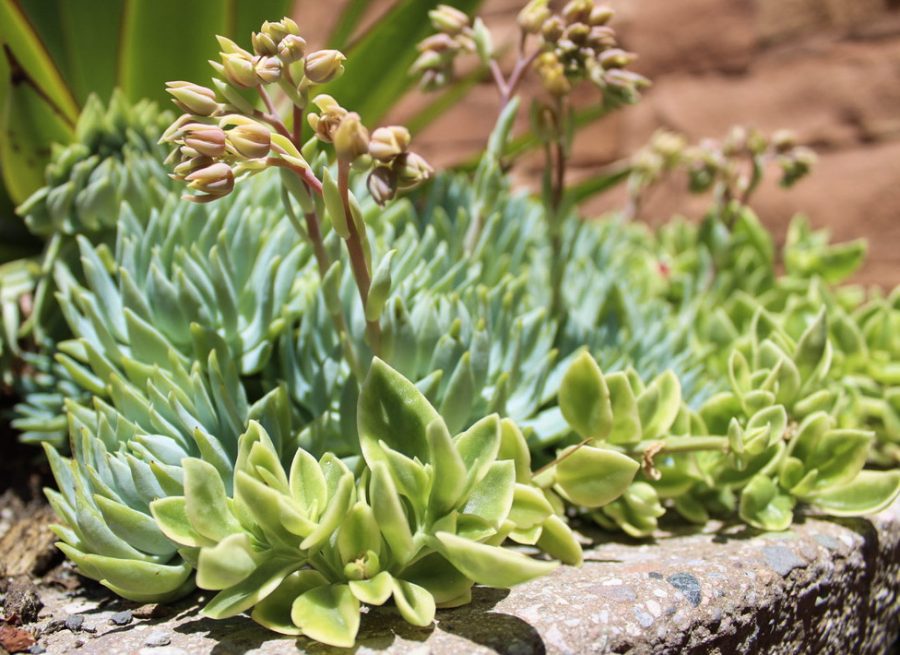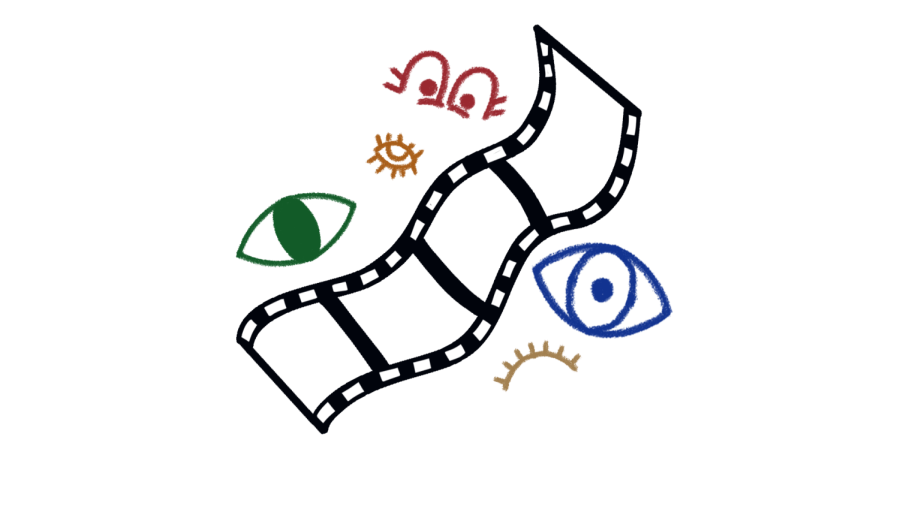Cushman: Stricter Drought Regulations Aren’t Optional Anymore
The Water Conservation section at Red Butte Garden displays a variety of plants that thrive in Utah’s dry climate on Friday, July 2, 2021 (Photo by Brooklyn Critchley | The Daily Utah Chronicle)
March 15, 2022
In 2021, 90% of Utah experienced extreme drought. These drought conditions extended from 22 years of drought across much of the western United States. Scientists referred to this as a “megadrought,” in part brought on and exacerbated by climate change.
This legislative session, some state leaders worked to create legislation to address drought in our state. Many water conservation bills passed both legislative houses, while others failed. While I appreciate many legislators taking steps to address water conservation in our state, Utah still has a long way to go to address a problem that is not going away.
After years of drought conditions in Utah and an especially dry 2021, many Utah legislators took action this session. For instance, the legislature passed House Bill 242, which expanded requirements for metering secondary water (unfiltered water often for outdoor use) to apply to the entire state by 2030. The hope is that metering outdoor water use will give residents and businesses a better idea of how much watering they need to cut back on.
Senate Bill 110 created new requirements for water efficiency in municipality planning. Before this legislation, counties or cities were not required to consider water supply in long-term planning. This puts our communities in danger of a lack of water resiliency as we move towards what is likely a much drier, more populous future in Utah. S.B. 110 was critical in ensuring a water-safe future.
The legislature also passed H.B. 121, a “first of its kind” law that provides a $5 million incentive pool to encourage people to switch from grass lawns to lawns that utilize drought-tolerant vegetation and need less water. The passage of these three bills is a promising start to addressing water use in Utah from city planning to lawn watering.
However, one significant piece of water conservation legislation failed this session: H.B. 95. In neglecting to pass that bill, the legislature failed to address the issue of lawn watering in any meaningful way. About 30% of the average American family’s daily 320 gallons of water use is dedicated to outdoor watering. Utah’s desert conditions increases this water usage, with an estimated 60% of residential water supply going to turf growing in our state.
H.B. 95 aimed to give homeowners more flexibility in their outdoor water needs by removing strict HOA and government entity requirements for well-maintained grass lawns. The legislation asked that other landscaping options, such as those that utilize drought-resistant-vegetation, be allowed as a secondary option.
In failing to pass this bill, our state leaders failed to remove institutional barriers to water conservation for citizens. We shouldn’t require grass lawns in a dry state. Furthermore, given the passage of H.B. 121, which encourages replacing grass with drought-resistant vegetation, it seems like a severe oversight to not simultaneously remove the institutional barriers that stop people from replacing grass lawns in the first place.
This session saw both wins and losses in water conservation, but looking at the big picture of water in our state shows that we can’t afford any losses right now. This session did not go far enough in drought prevention efforts, beyond just the failure of H.B. 95. We hear the word drought, but don’t often notice the direct effects of it.
Dry conditions lead to reduced numbers of fish, deer and other animals, endangering Utah’s ecosystems. Additionally, some Utah farmers could only plant on 10% of their land due to dry conditions last year. This deeply hurts Utah’s economy and everyone, even if we don’t notice the direct effects of drought day to day.
One large consequence of drought is the shrinking of one of Utah’s greatest landmarks, the Great Salt Lake. According to Deseret News, most of 2021’s spring runoff was “guzzled up by a thirsty ground instead of in the Great Salt Lake’s three major tributaries” due to prolonged drought conditions in Utah.
This megadrought could last until 2030, but even now, we’re feeling the effects. By 2030, the effects on our environment and economy will have only compounded. Additionally, climate change will likely make droughts more frequent and severe. As a naturally dry state, water shortage won’t end with this drought. It will continue to be a problem long into Utah’s future.
Our session lasts one month once a year, which means that we won’t see more water conservation legislation for at least another year, barring any water emergencies. We can’t afford not to take water conservation seriously during the limited time we have each year to create statewide drought legislation.
The Deseret News explained that the Great Salt Lake’s “water levels are a game of two steps forward and three steps back.” Unless we address drought seriously and strictly now, we’ll play the same game with our wildlife, farm production and economy. Our legislators need to take proactive action now rather than reactive action when the consequences of drought become more severe.








